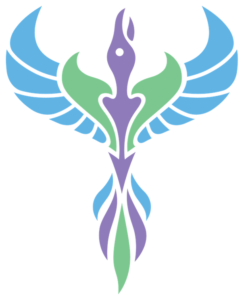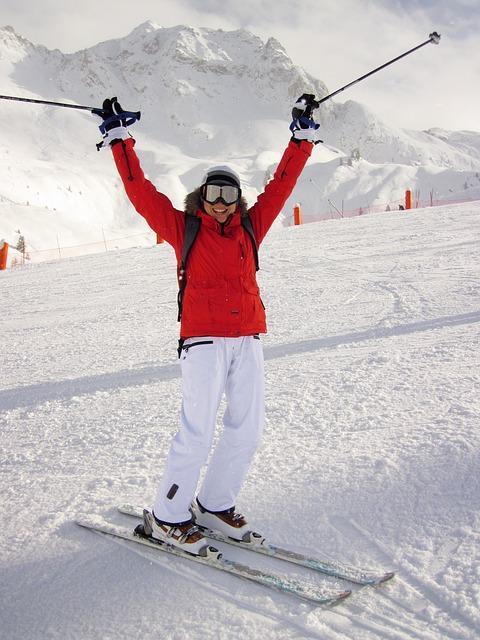Archive for December 2016
Seasonal Depression: What You Need to Know
From winter fatigue to seasonal affective disorder, the grey months have a tendency of getting us down.
And there is a perfectly logical biological explanation: the shortage of daylight hours upends the hormone that controls sleep and waking cycles and leaves you feeling less energetic toward life. The hormone, known as melatonin, may be produced in greater quantities due to the lack of light, and this has a direct effect on mood and energy. There is nothing we can do about the quality of light during winter, so managing your seasonal depression demands a multi-dimensional strategy.
Exercising the factors that are within our control to fight seasonal depression: addressing your lifestyle.
-
Diet: a major factor in seasonal depression is a lowering of energy. There are foods we can use to add energy in and substances we can limit that take energy out.
-
Exercise: besides getting your heart rate up and your endorphins rushing, exercise gets you outside to reap what little natural light is available and this goes a long way toward fighting seasonal depression.
-
Environment: sit next to open windows, light candles and relax; fight stress on all fronts! This is the best way you can keep the incursions of seasonal depression at bay.
Boosting vitality with chiropractic and acupuncture in order to fend off seasonal depression.
Limiting the effect or degree to which seasonal depression affects your life comes down to making healthy decisions and managing stress; these are two major ways we specialize in helping you adjust your lifestyle for the change of season. If seasonal depression has got you feeling listless or apathetic, click here to find out how our treatments balance the body and energize the mind
Dr. Karen Thomas, D.C.
Making the Low Back your Best Friend
The anatomy of the lumbar region is the key to its importance.
Located in the lower back are the five largest vertebrae by diameter in the spinal column. These five bones are the literal backbone of a region whose primary importance is bearing the weight of the upper body. Exiting the spinal column at this level is a network of nerves called the lumbar plexus which influences the very basis of movement- the mechanics of the abdomen and legs.
Why is the lumbar region so often injured?
There are many answers to this question but it is most often a question of degredation: over time, the thousands of micro-movements that we put our bodies through on a daily basis compound and cause degredation of the structures and muscles which provide our stability and weight-bearing duties. This phenomenon of age is often exacerbated when we don’t take proper care of our bodies; by carrying extra weight; by letting our muscles fall by the wayside; by succumbuing to almost constant poor posture. The most common underlying causes for low back pain include:
- Muscle strain
- Disc herniation
- Disc degneration
- Bone spurs
- Breakdown of the cartilage
How we help at Community Chiropractic & Acupuncture in Park Slope
We want to first focus on prevention. If you are lucky enough to have a lower back that doesn’t cause you too much trouble, NOW is the time to start strengthening it to prevent a future of dysfunction and potential pain. Through strengthening the auxiliary muscles, teaching awareness and application of proper posture and teaching good body mechanics, we can ensure that the lower back is not overburdened. And if it is, we provide you with the chiropractic adjustment, decompression and muscle treatment therapies that make a difference in helping speed up recovery from injury. Give our office a call to schedule an appointment today.
Dr. Karen Thomas, D.C.
Tightness in the Shoulders and Upper Back
Chronically tight shoulders
What does it mean to have chronically tight shoulders? It means leaving work every day with that twinge of tightness at the base of the neck; that slight bit of pain that can be felt when we articulate our shoulders overhead. We become so used to it because we can function without fixing it, but is this how we go about other problems? Maintenance of our body is like the maintenance of a house or car: pain and stiffness are the signals that tell your brain something needs to be fixed.
The role of the trapezius
The trapezius is essentially the central muscle in the upper back, and it is divided into three parts: upper, middle and lower. The upper trapezius connects from the lower back of the head to the clavicle and is the most active in a sit-heavy lifestyle. Are you familiar with that hunched over look that is so common in the office? It is a definitive posture of the desk-bound worker in which the upper trap is constantly contracted, pulling the shoulders up and inwards. Simultaneously, the middle and lower traps, which usually play a role in shoulder stabilization, are not being called upon to do anything so they weaken from lack of use, further shifting the burden of stabilization and articulation onto the upper trap. And voila, your shoulders are stiff and sore.
Shoulder tightness is a vicious cycle
If we let it go on long enough, chances are that something will give, and it could happen with even the most basic daily motion. Fortunately, chiropractic is tailor made for addressing tight shoulders. Because the problem is of a mechanical and muscular nature, we focus on releasing them muscles of the upper back from tension by using trigger point therapy. Using chiropractic adjustment, we restore balance to the thoracic spine, removing nerve irritation and improving range of motion. From here, it is a matter of strengthening and stretching the right muscles to ensure that they work in harmony to help you maintain good, pain free posture. Shoulder and upper back tightness are not normal and should not be treated as such; if you need help reversing this vicious cycle, give our office in Park Slope a call to schedule an appointment today.
Dr. Karen Thomas, D.C.



